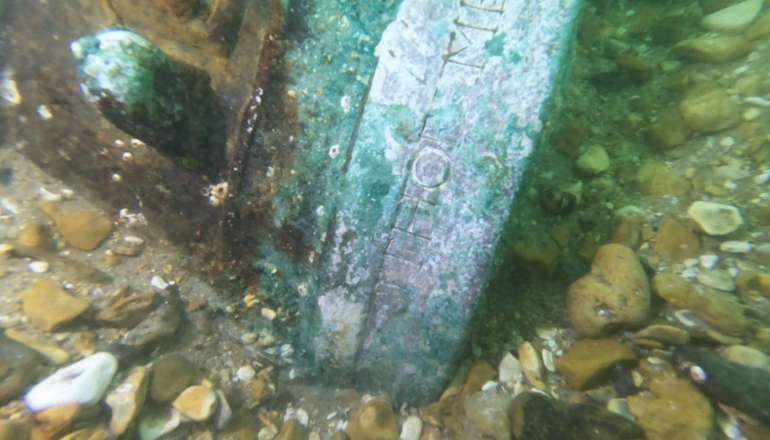
Two shipwrecks off the Isle of Wight have been named among English Heritage's Most Fascinating Sites for 2022.
The 16th and 17th century Shingles Bank Wreck sites off the Isle of Wight have been granted the highest level of protection.
Their remains include cannons and lead ingots and have shed light on trading at the time.
The Shingles Bank in the Needles Channel is a well-known navigational hazard for ships entering the Solent from the west.
It is thought that both — known as NW96 and NW68 — became stranded on the banks before sinking.
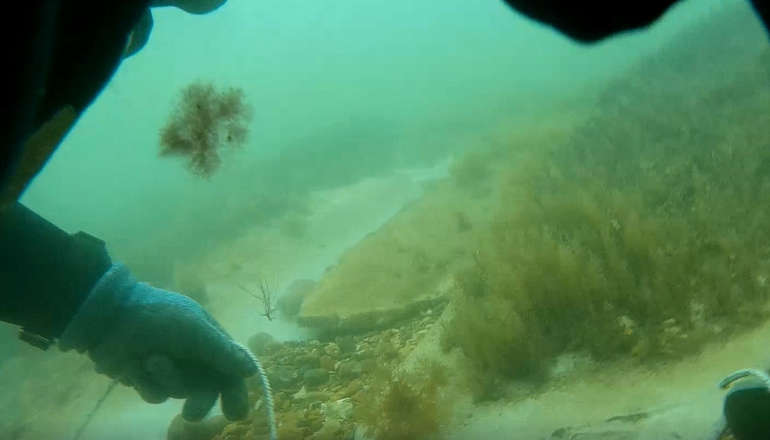
Archaeological remains of these vessels include several cannons, a large anchor, at least 50 very large lead ingots with unidentified markings and stone cannonballs.
The ingots are a fixed size and weight and would have been used as currency for trade – so they could be made into a variety of products including bullets, lead flashing on roofs and pipes.
Initial research suggests the lead ingots from the NW96 were cast from a furnace known as a ‘bole’.
Boles fell out of use from around 1580, suggesting the vessel dates from the 16th or very late 15th century.
This theory is supported by the presence of stone cannon balls, which were replaced with iron shot and were no longer used by the end of the 16th century.

Analysis of the cannons indicates that one of them from the NW68 wreck was cast in Amsterdam between 1621 and 1661, which helps place it as a mid-late 17th century armed vessel, probably of Dutch origin.
This indicates the ship could have been associated with the Battle of Portland in 1653, when the fleet of the Commonwealth of England was attacked by the Dutch Republic during the First Anglo-Dutch War.
The Netherlands was the maritime and economic power in the world during this period so this site could help further our knowledge of 17th century seafaring activity.
The finds are being investigated by archaeologists from the Maritime Archaeology Trust and Wessex Archaeology, along with their finders, Martin Pritchard and Dave Fox.
With the addition of these two wreck sites, there are now 57 Protected Wreck Sites in English waters.


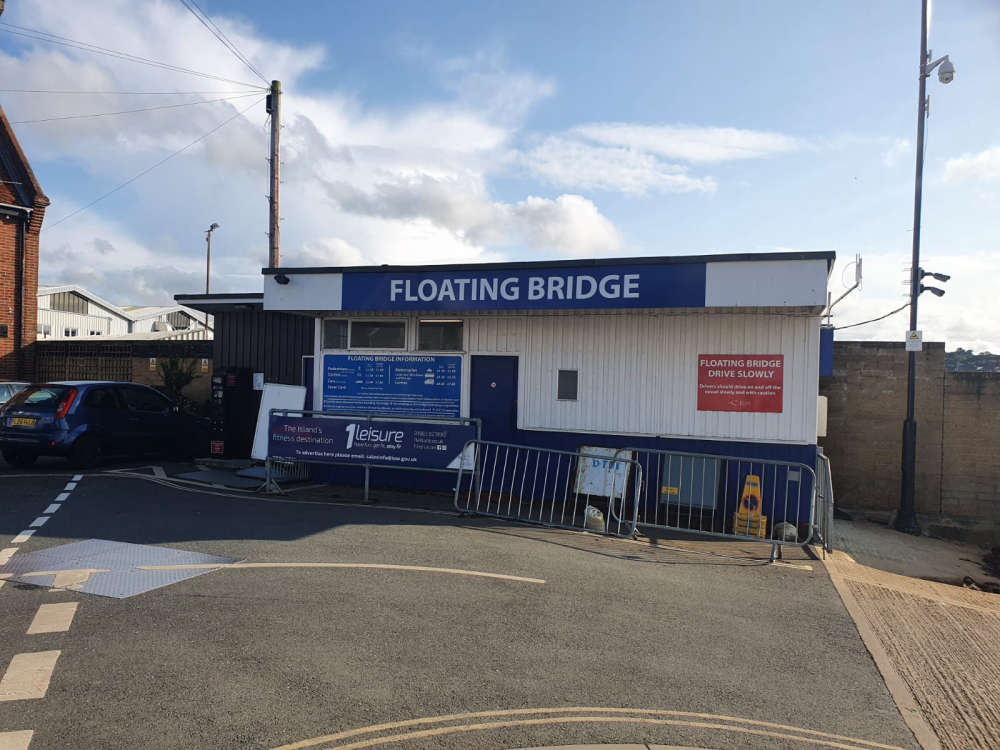 Car Collides With Floating Bridge Kiosk In East Cowes
Car Collides With Floating Bridge Kiosk In East Cowes
 Mountbatten Hospice Joins National TV Fundraising Campaign
Mountbatten Hospice Joins National TV Fundraising Campaign
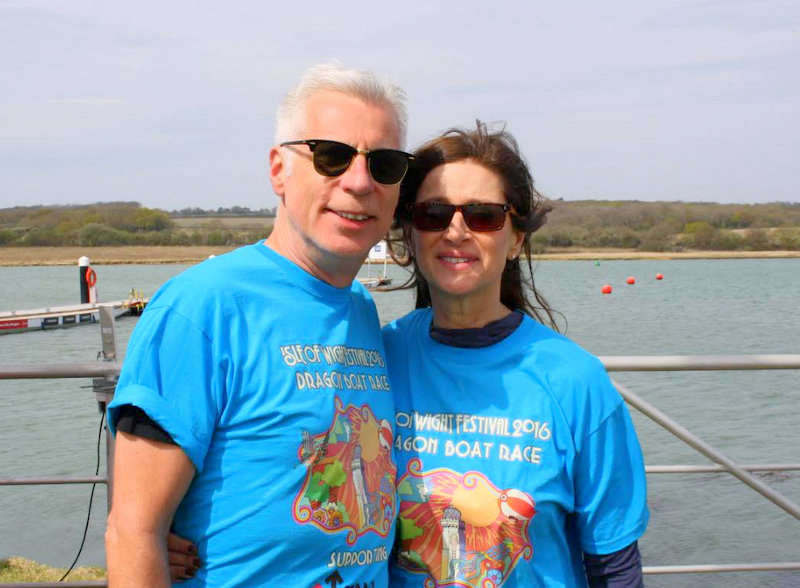 John Giddings 'Festival Promoter Of The Year' At International Awards
John Giddings 'Festival Promoter Of The Year' At International Awards
 CCTV Released Following Suspicious Incident In Wootton
CCTV Released Following Suspicious Incident In Wootton
 Man Jailed For Unprovoked Shanklin Stabbing
Man Jailed For Unprovoked Shanklin Stabbing
 Isle of Wight Theatre Awards Return With Glitzy Celebration Event
Isle of Wight Theatre Awards Return With Glitzy Celebration Event
 'Vital' Stroke Support Service To Be Revived Thanks To New Funding
'Vital' Stroke Support Service To Be Revived Thanks To New Funding
 Think Pharmacy First This Half Term Says Island's NHS
Think Pharmacy First This Half Term Says Island's NHS
 Isle of Wight Council Supporting Delivery Of Newport Affordable Housing Scheme
Isle of Wight Council Supporting Delivery Of Newport Affordable Housing Scheme
 Ryde's Pat Awarded Freedom Of The Town For Sport Contributions
Ryde's Pat Awarded Freedom Of The Town For Sport Contributions
 Could You Restart A Heart? Islanders Urged To Seek CPR Training
Could You Restart A Heart? Islanders Urged To Seek CPR Training
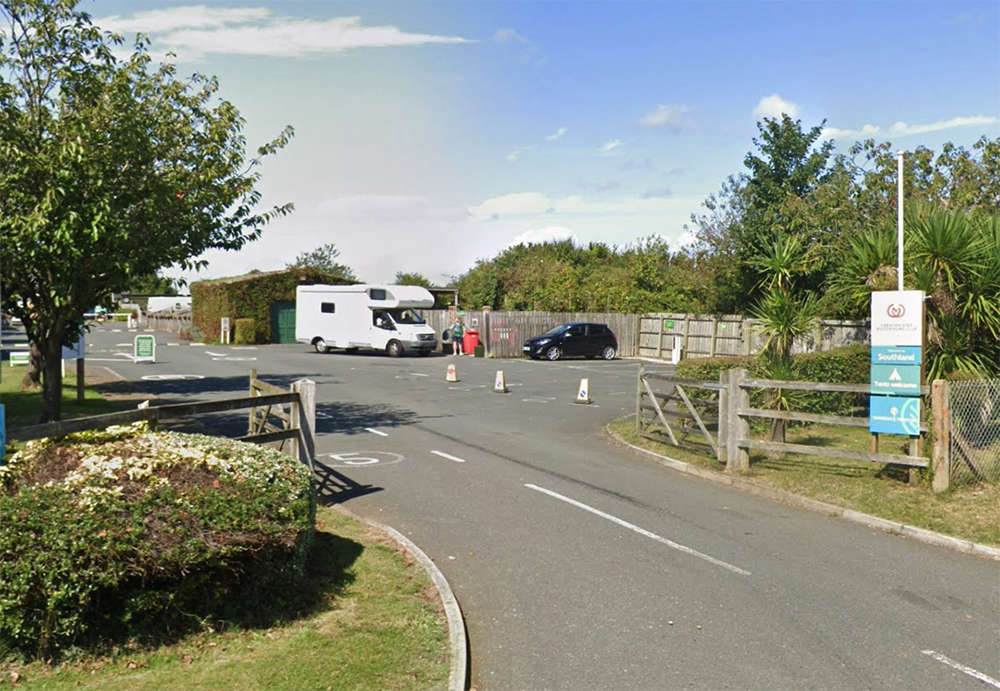 Upgrades Planned For Major Island Caravan Site
Upgrades Planned For Major Island Caravan Site
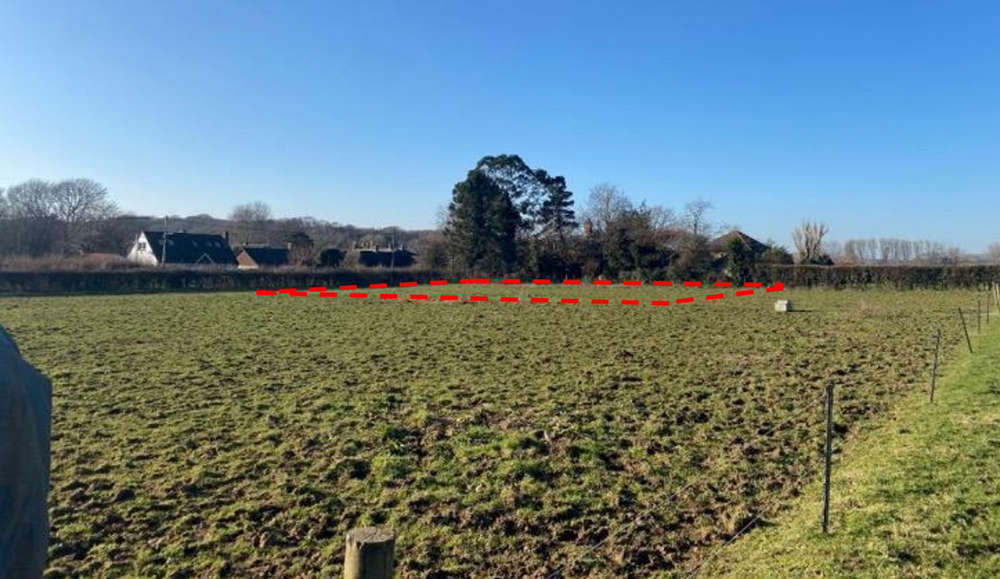 Planners Approve Alverstone Bungalow Despite Objections From Residents
Planners Approve Alverstone Bungalow Despite Objections From Residents
 New Vote Of Confidence For Island Services In Healthwatch Report
New Vote Of Confidence For Island Services In Healthwatch Report
 Finance Reserve Row Breaks Out Between County Hall Groups
Finance Reserve Row Breaks Out Between County Hall Groups
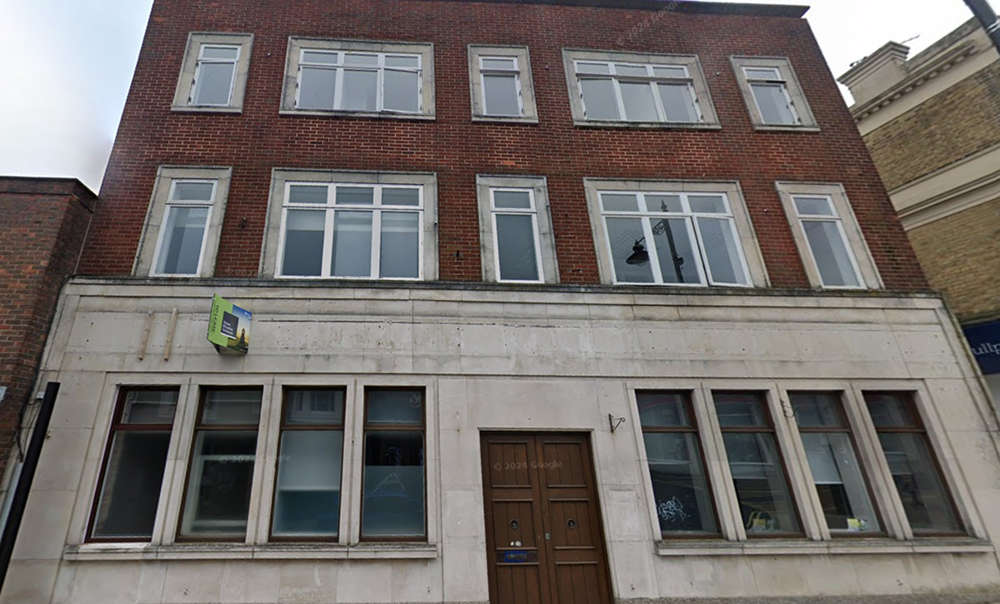 Go Ahead Granted For New Ten Surgery Dental Practice In Ryde
Go Ahead Granted For New Ten Surgery Dental Practice In Ryde
 Drugs Arrests Made After Officers Raid Home Near Newport
Drugs Arrests Made After Officers Raid Home Near Newport
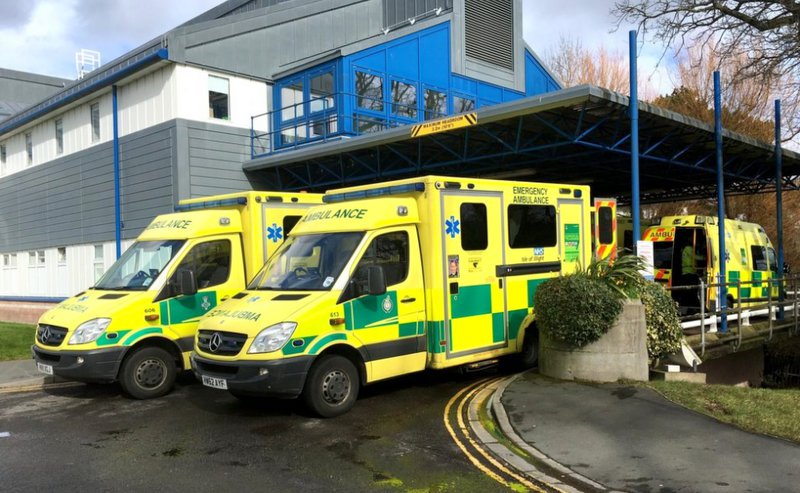 Call 111 First - Islanders Urged To Use The Correct Services This Half Term
Call 111 First - Islanders Urged To Use The Correct Services This Half Term
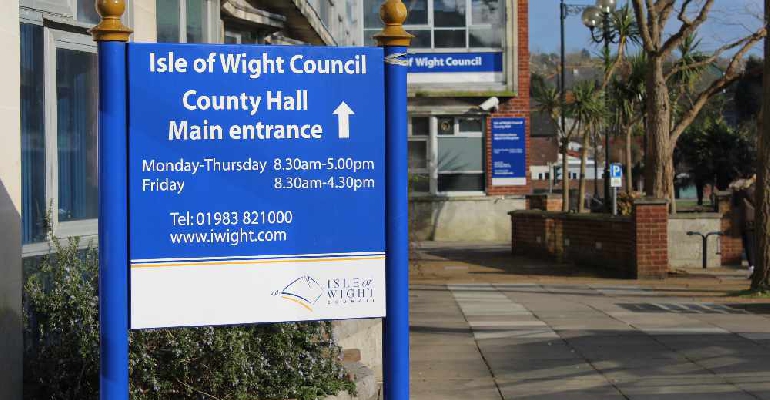 Children And Families Safeguarding Now Under Isle of Wight Council Control
Children And Families Safeguarding Now Under Isle of Wight Council Control
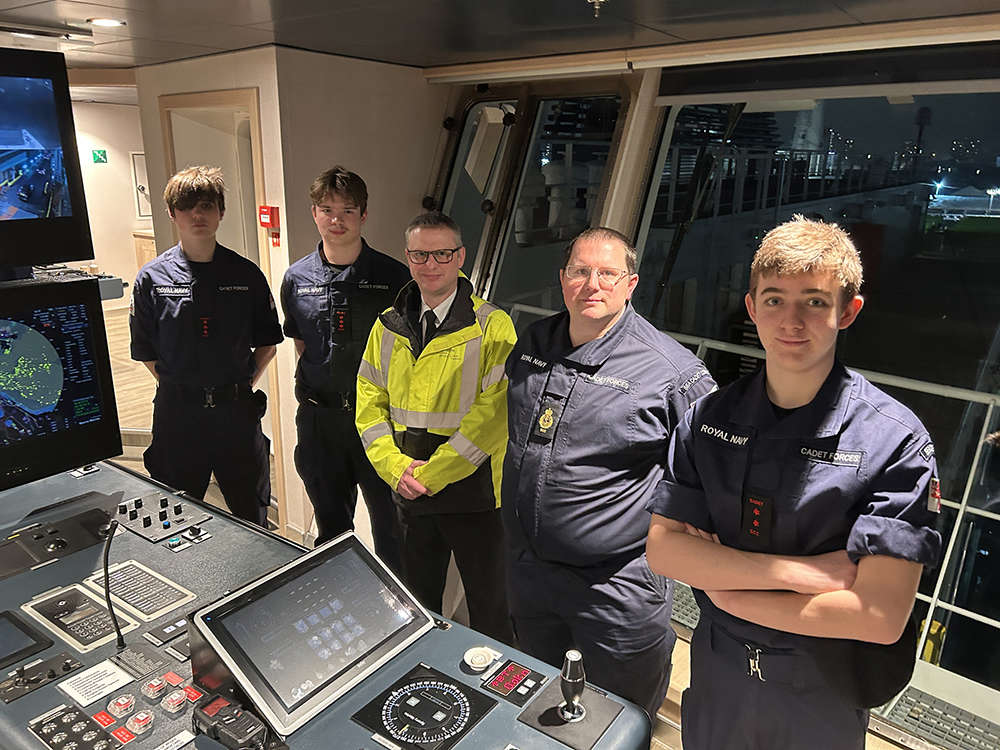 Ryde Sea Cadets Get Taste Of Life At Sea Thanks To Wightlink
Ryde Sea Cadets Get Taste Of Life At Sea Thanks To Wightlink


